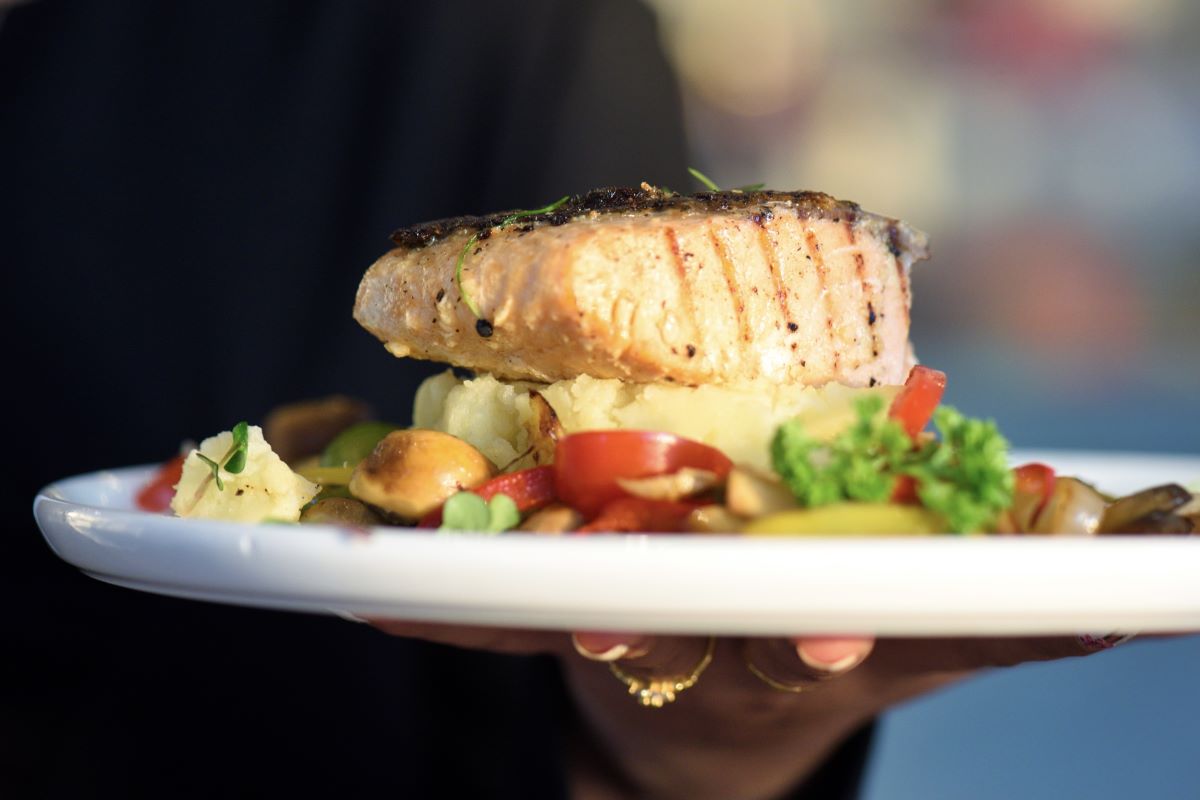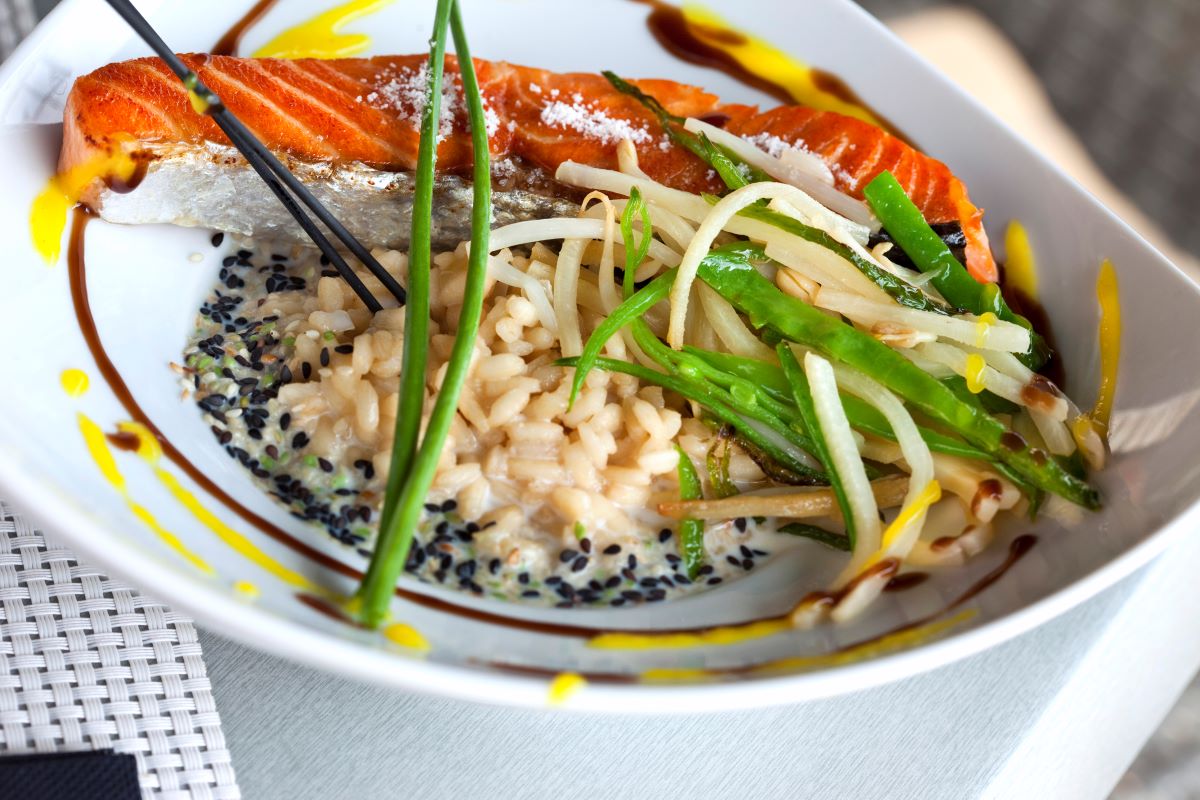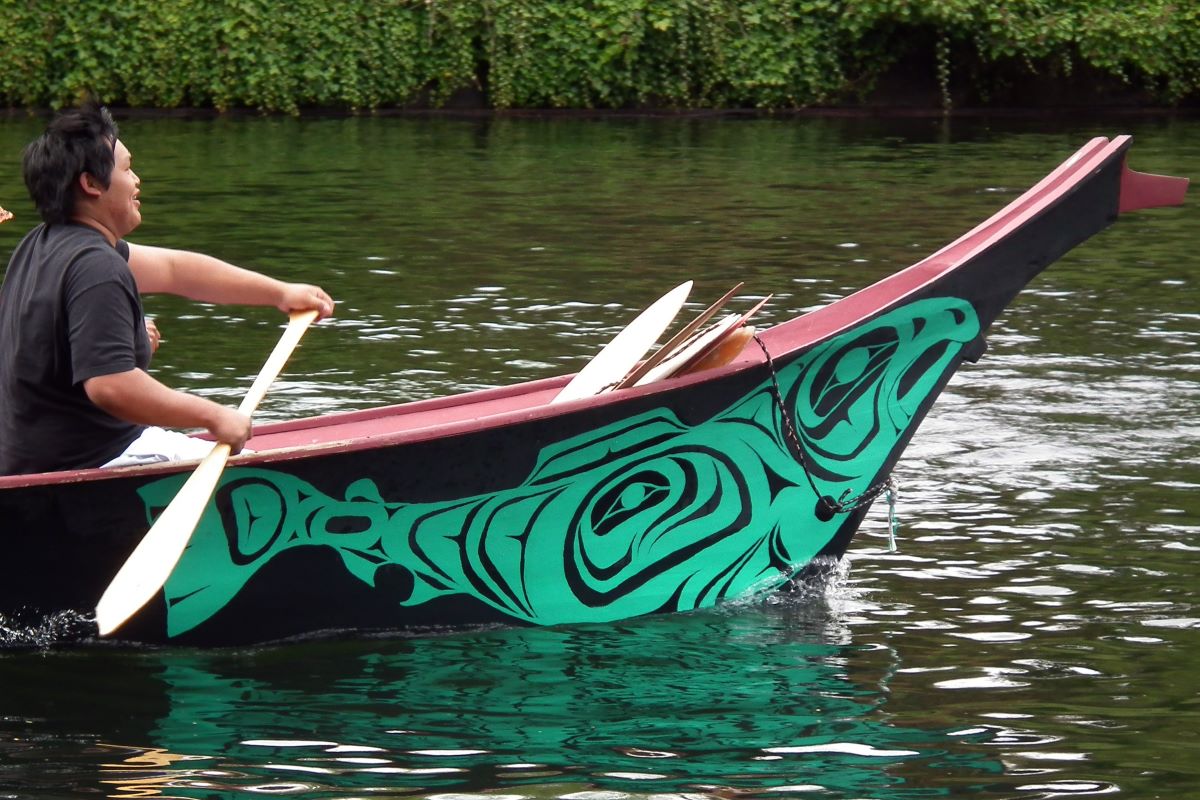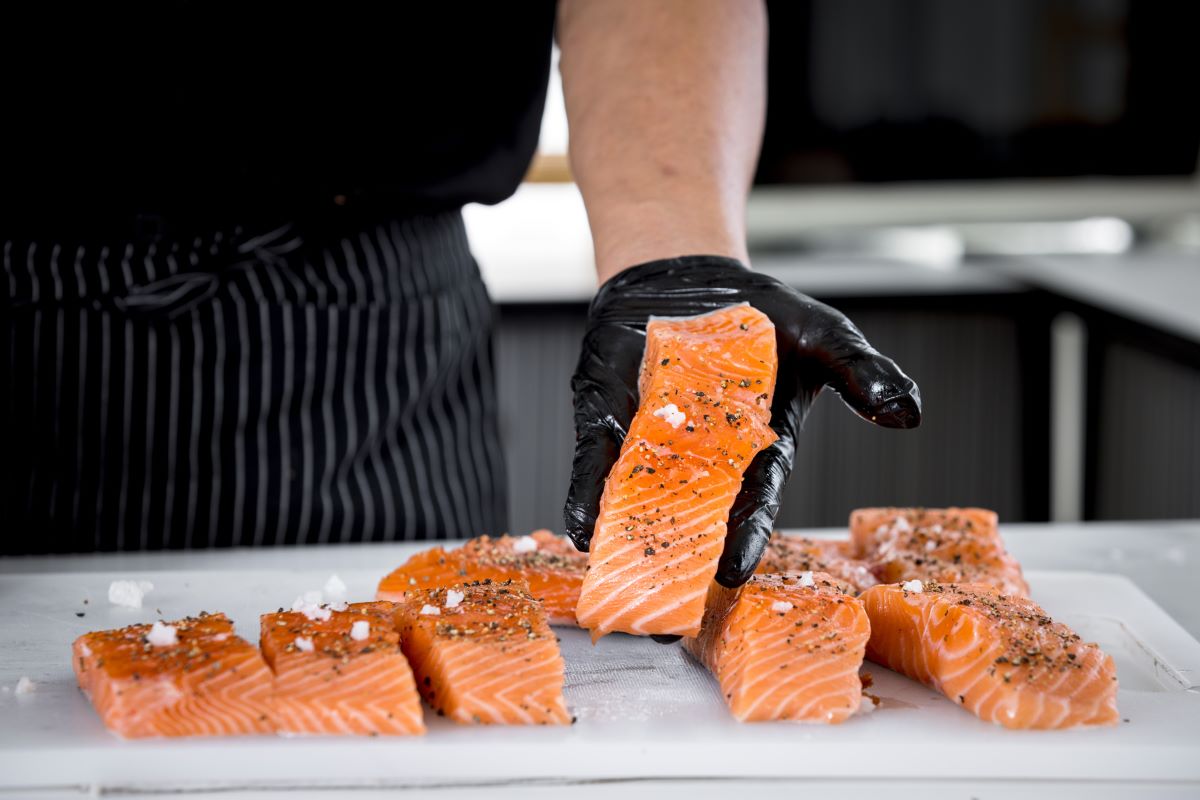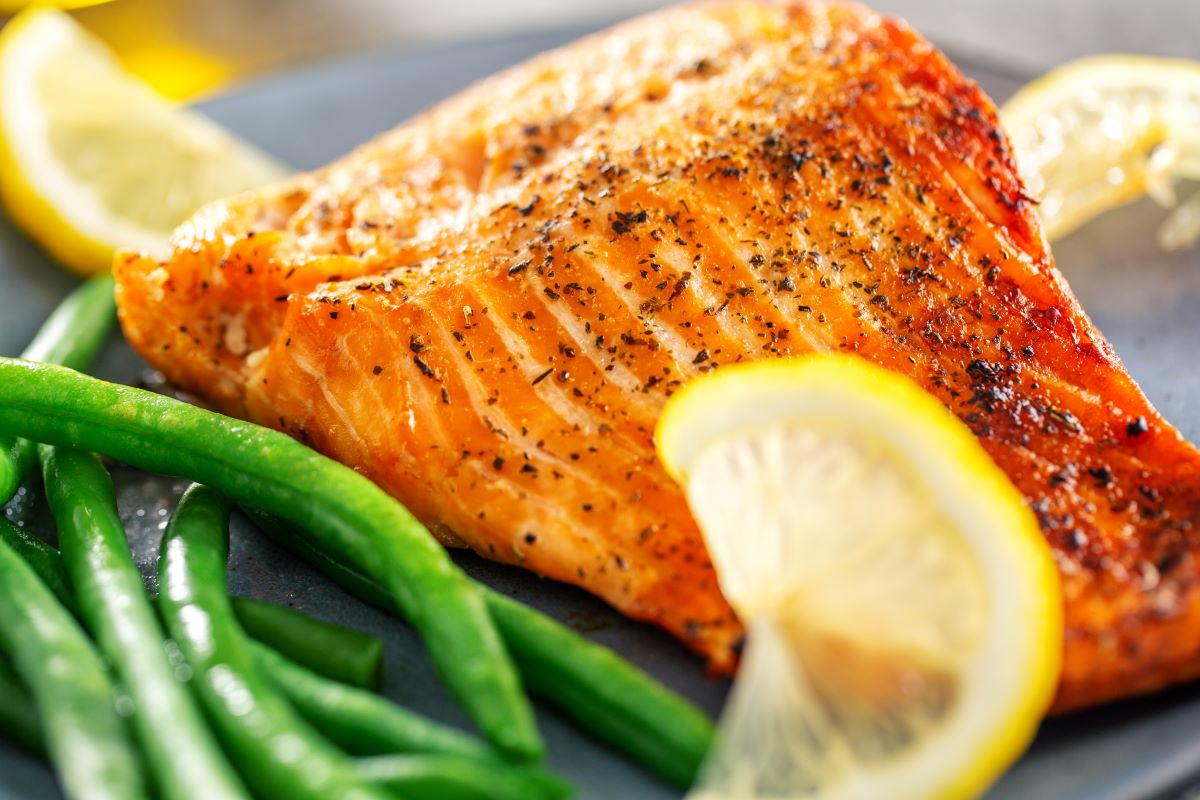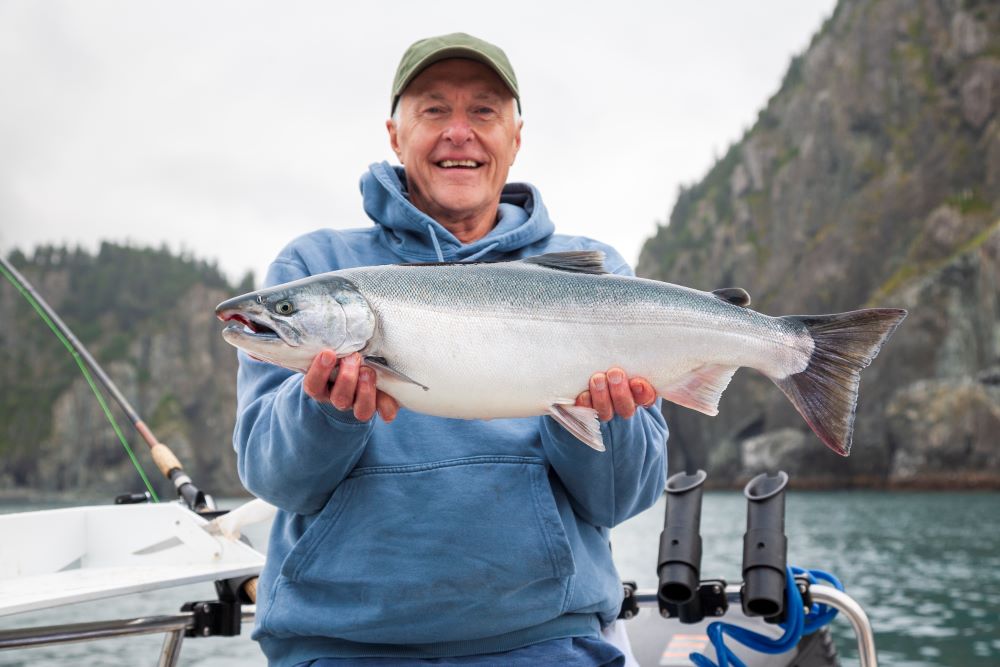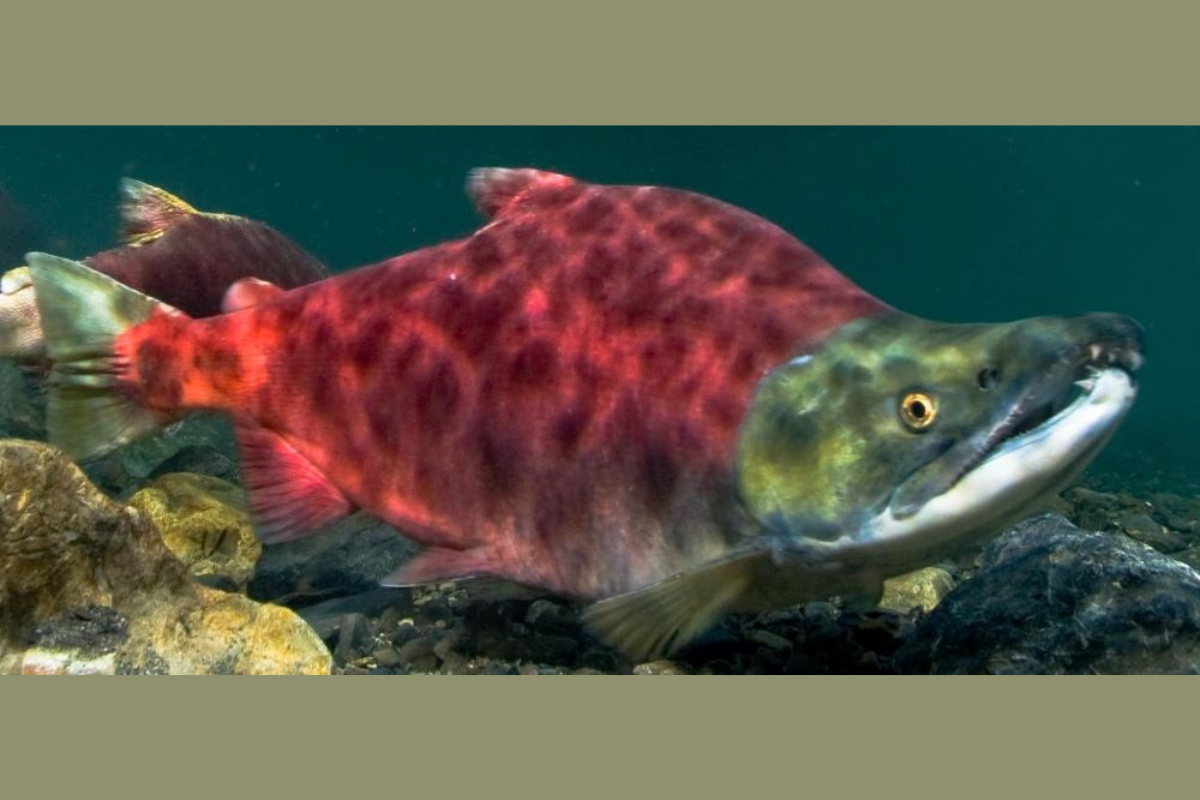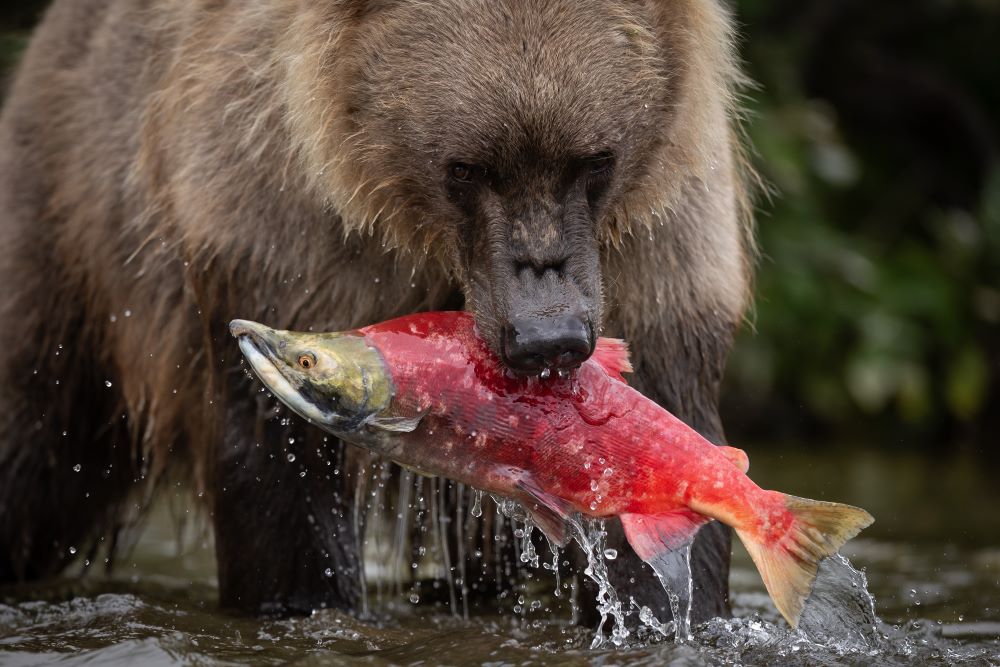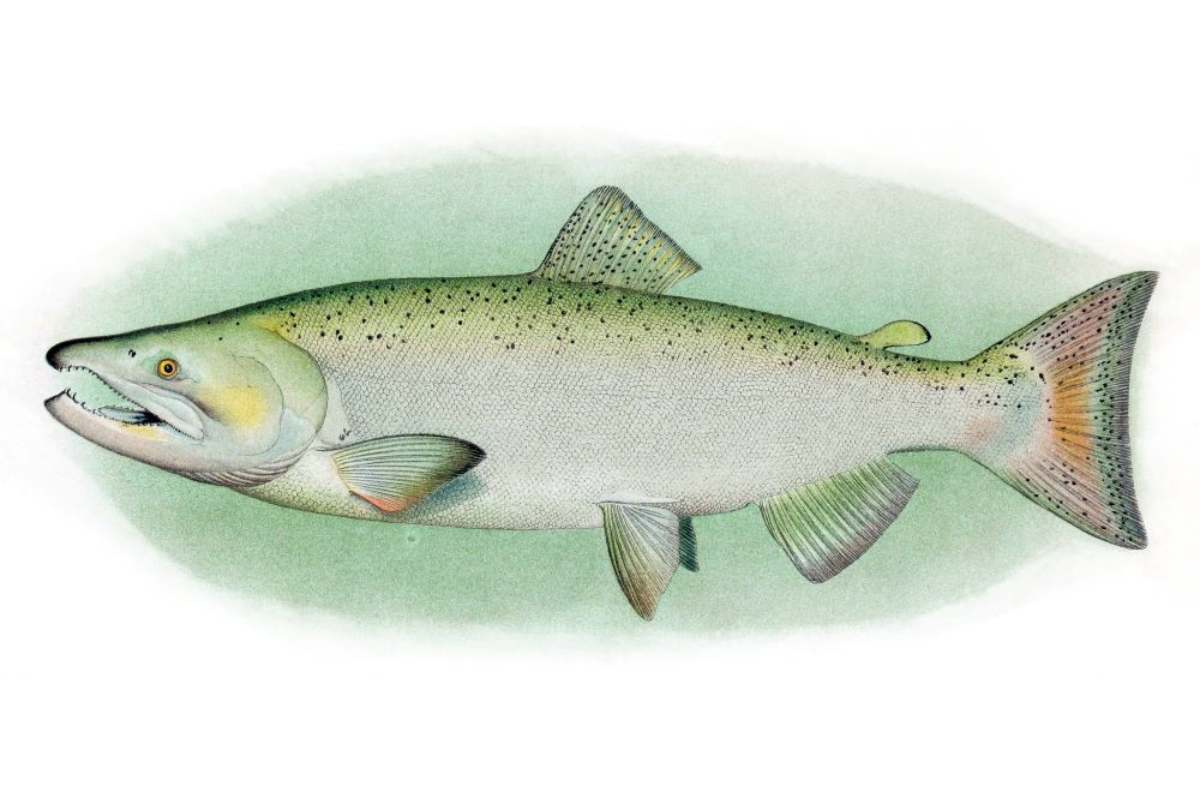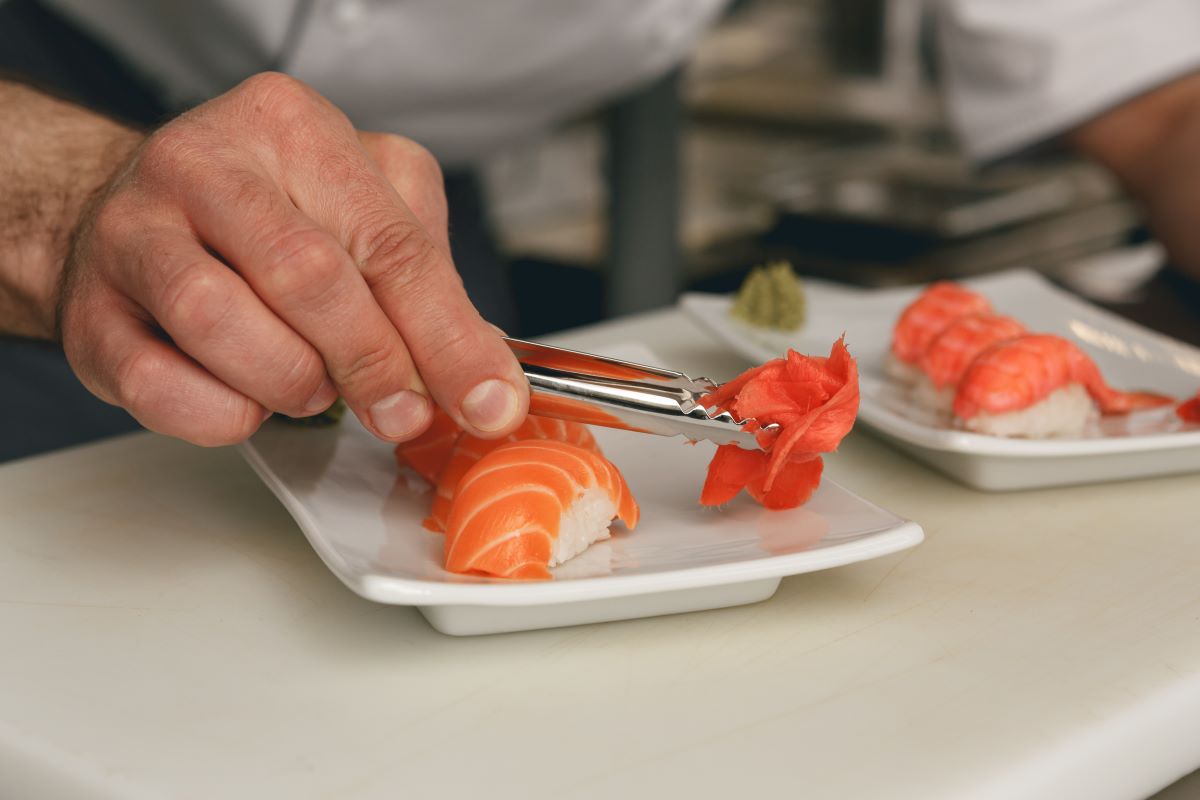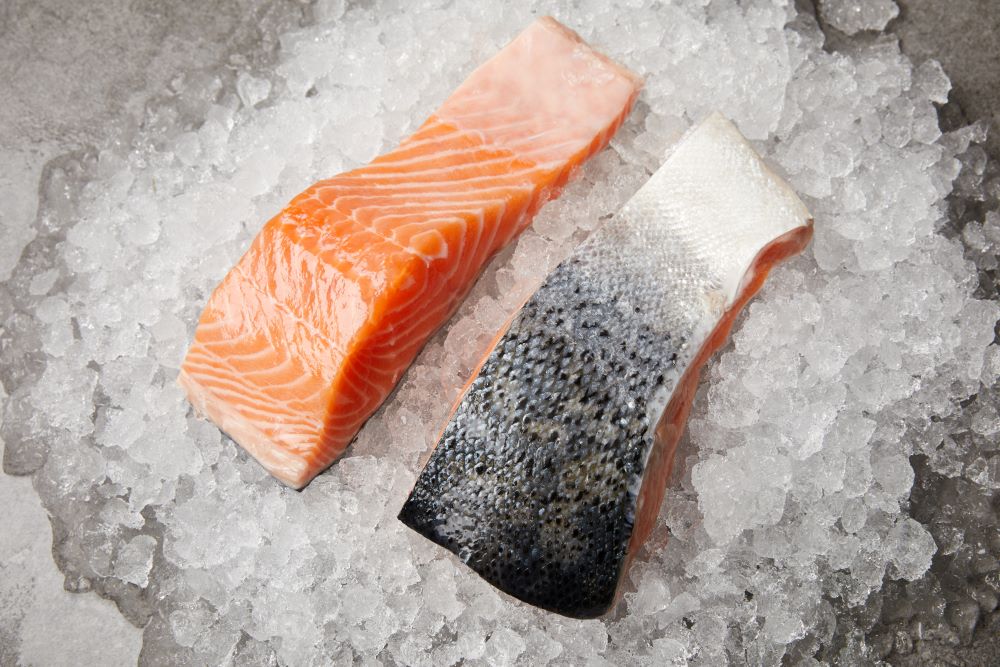
During late spring and early summer, we are at the peak of the first Copper River wild salmon run. It’s an exciting time to be on the river and a great time to eat fresh Chinook, Coho, and sockeye salmon.
But most of us are not on the river, and we like to eat salmon year-round. So what are the pros and cons of fresh wild salmon vs frozen?
Fresh Copper River Wild Salmon
Pros
Fresh wild salmon is a culinary delicacy. Eaten within 24 hours of being caught, the fish is firm and bursting with flavor and nutrition. With endless delicious recipes, you can eat it for any meal.
Cons
You must eat fresh salmon as soon as you get it. It loses flavor and nutrition quickly and only lasts a day or two in the refrigerator. Make sure your meat drawer is at 32° Fahrenheit and your salmon is packed in an airtight container.
After 48 hours, your salmon may start to become a health hazard. If you’re unsure if your salmon is still good, don’t take chances. Is it starting to smell very fishy? Is it losing its color? Better to throw it out than risk getting sick.
Fresh Copper River Salmon is not available year-round. It is only harvested from the river during spawning season. Depending on the species, that season varies from late spring to early fall.
Flash Frozen Copper River Wild Salmon
Fortunately for all of us, there is a way to avoid both the short shelf-life and short season of fresh wild salmon. Unlike freezing fish at home, Copper River wild salmon is flash-frozen immediately after harvest.
Flash-freezing (also called blast-freezing) is a method that cools the fish rapidly right on site, preventing the formation of large crystals common in conventional freezing.
Pros
Flash-frozen wild salmon maintains the firm flesh, fresh taste, and nutritional benefits of fresh salmon. Thawed in the refrigerator at 32° overnight, it’s ready for use in any recipe.
Flash-Frozen Copper River wild salmon can be kept in your freezer for a month or two without losing its quality. In commercial freezers, it lasts longer, allowing us to enjoy wild salmon all year.
Sushi-grade salmon is flash-frozen for at least seven days to eliminate parasites that can make you sick.
Cons
The only real downside to flash-frozen Copper River wild salmon is perception. Some of you may simply prefer the luxury of salmon fresh from the Copper River. And that’s cool, too. Sources: The Grilling Dad, Chef’s Resource, Oregon Salmon, Prepared Cooks
